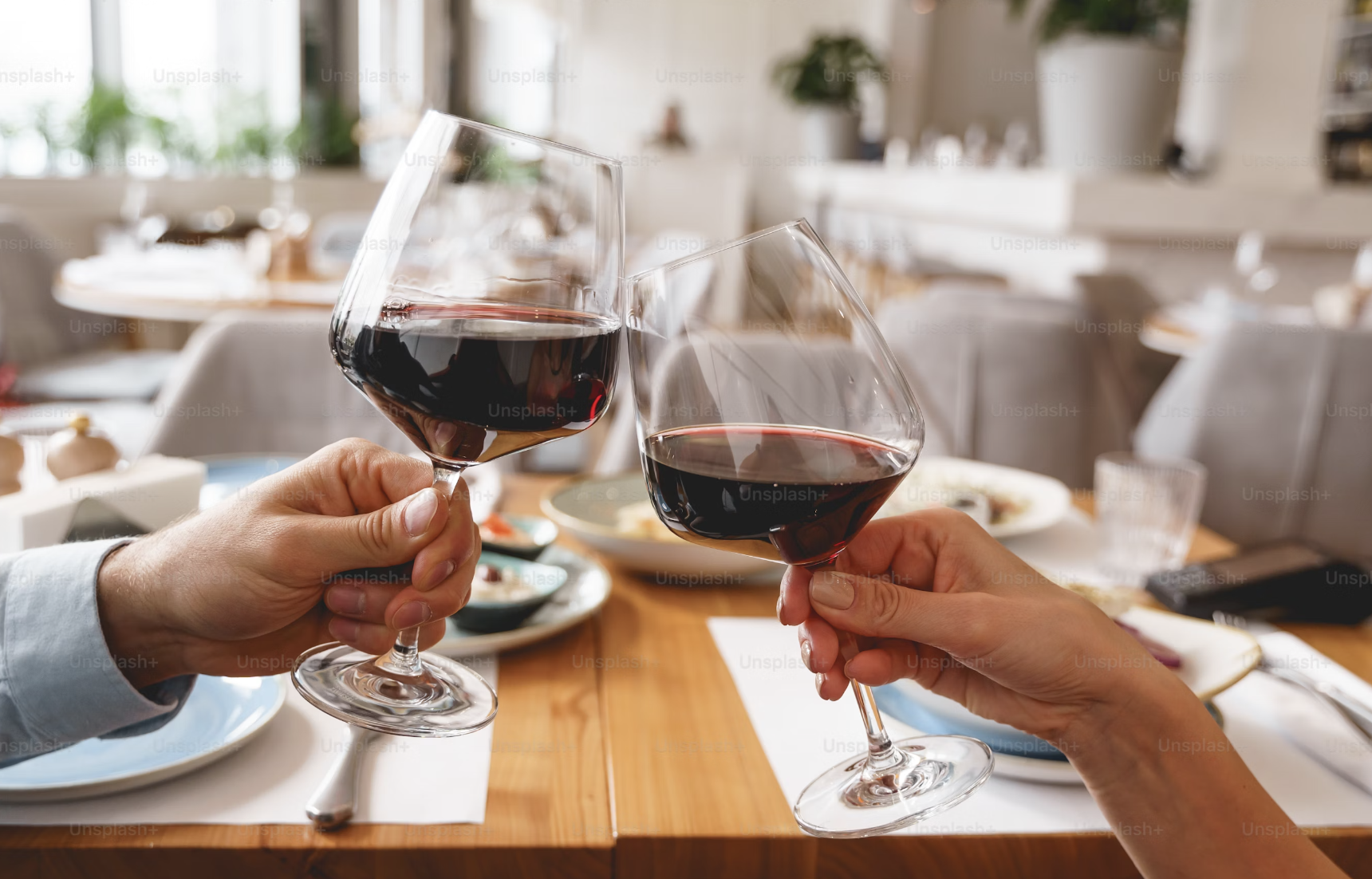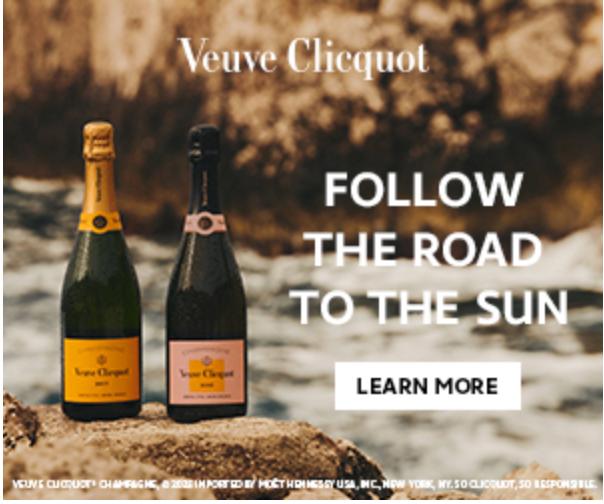Introducing New Passover Wines approved for 2024: Lovatelli, Cantina Giulian
The Festival of Passover starts April 22 – 30, an eight day holiday celebrating the Israelites’ Exodus from Egyptian slavery.
The most important event in Jewish history is marked by eating a festive meal with matzah, telling the Passover story (Seder) and drinking four cups of wine. And, when you have four cups to get through in one Seder dinner, wine quality is paramount.
Passover wines perfect for 2024
Royal Wine Corp. is the largest manufacturer, importer and exporter of Kosher wines and spirits, with a portfolio that spans hundreds of brands and thousands of bottles of world-class wines.
For Passover 2024, they are introducing top quality wines from some of the finest wine producing regions including California, France, Italy, Spain and Israel, among others.

While forty percent of annual kosher wine sales occur for the Passover holiday, sales of kosher wine and spirits have been growing significantly throughout the rest of the year.
The not-so-secret to perfect passover wines
According to Jay Buchsbaum, VP of Wine Education at Royal Wine Corp.,
“There’s nothing cookie-cutter about these Passover wines – they are top notch, award winning and distinctive.”
Jay Buchsbaum
VP of Wine Education at Royal Wine Corp
“And, while red wine is traditional for the Passover Seder, it can be a nice Burgundy or a Pinot Noir, or a Cabernet – just as long as it is kosher for Passover. There are dozens to choose from. And, just to be clear, our portfolio consists of acclaimed wines that just happen to be kosher, recognized for our quality and value.”
These Passover-approved bottles will complement any Seder fare. “L’Chaim”
- Rocca delle Macie Chianti Classico, world famous winery producing kosher wine for the first time. This renowned and well regarded brand is producing kosher wine for the first time exclusively for Royal Wine Corp. (with more to come); SRP $25
- Lovatelli, a new line of fine and affordable Italian wines, including a Salento Primitivo, SRP $17 and a Barbera d’Asti, SRP $25; Coming soon: Nebbiolo, a Super Tuscan, as well as two new vermouths.
- Cantina Giuliano, fully kosher boutique winery started in 2014 in Tuscany, Italy. The winery was started by a young couple, who inherited wineries from their grandparents. It’s now fully kosher with new bottles and labeling.
- Many new kosher wines are being imported from South Africa by ESSA and J Folk wineries (among them are : Chenin Blanc, Pinotage, Cabernet Sauvignon and more).

- Bartenura – Flavored Moscatos in cans such as Peach, Lychee, and new Blueberry.
- Château Dauzac Grand Cru Classé and Aurore de Dauzac Margaux ’21
- Chateau Roubine Cru Classé Lion & Dragon Red
- Des Moisans Deau Cognac Privilege
- Herzog Lineage Momentus Rose
- J de Villebois Sancerre Pinot Noir
- Kamisa Winery – Galilee, Israel
- Malbec du Clos Triguedina – Cahors
- Shamay Winery Upper Galilee, Israel
- New Carmel Black Cabernet Sauvignon, Galilée, Israel (SRP $30)
- Brio de Château Cantenac Brown, Margaux
Is Kosher for Passover Wine Hard to Find?
Actually, it’s rather easy! Most kosher wine is also kosher for Passover, making it easier to sell this wine (and for consumers to stock up on bottles) year-round. Any kosher-for-Passover wine will have a “P” symbol or “Kosher for Passover” next to the kosher certification on the label.
But that’s not the case with some spirits. For example, you’ll be unlikely to find kosher-for-Passover whiskey, as whiskey is made with grain.
Fine kosher wines are made the same way that fine non-kosher wines are made,” adds Buchsbaum. “There is no kosher winemaking ‘technique.’ What’s required for the wine to be considered kosher, is that the wine be handled only by Sabbath-observant Jews. And there are plenty of fine winemakers and cellar workers who are Sabbath observant. Great grapes and skilled winemakers yield great wines—kosher or not.
Consumers looking for wines from renowned regions throughout the world can satisfy their thirst with more options than ever before. It seems the problem is not the availability of great wine but the overwhelming number of great wines to choose from. Royal Wine offers a delicious selection of kosher for Passover wines from around the world,” says Buchsbaum. “Some of the top producers are creating award-winning varietals at every price point, and with Passover just around the corner, we want to take the guesswork out of buying wine.”
Why Four Cups of Wine
One of the rituals served at Passover is the custom of drinking four cups of wine. The four cups of wine are consumed in a specific order as the story of Exodus is told. Served to the adults throughout the dinner, these four wines represent points from the exodus story. While there are several explanations for the significance of the number four, the connection to “freedom from exile” is often referenced. For observant Jews, the wine served should be kosher. Although a kosher wine uses the same grapes as other wines, the wine making is handled by “sabbath-observant Jews”.




[…] Winger: Passover is just around the corner and we want to talk about different over wines to enjoy during the […]
[…] Winger: Passover is just around the corner and we want to talk about different over wines to enjoy during the […]
[…] Winger: Passover is just around the corner and we want to talk about different over wines to enjoy during the […]
[…] Winger: Passover is just around the corner and we want to talk about different over wines to enjoy during the […]